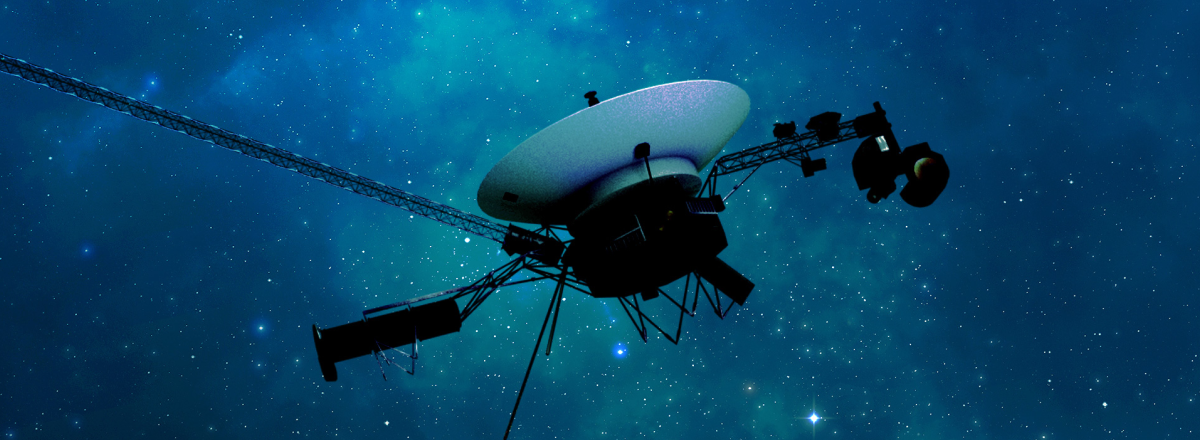NASA Restores Communication with Voyager 1 After Months of Silence
NASA confirmed that the reprogramming had been successful. Voyager 1 began sending back clear and usable data about its status, marking the first time in months that the team had a clear understanding of the spacecraft's health.

After five months of receiving only indecipherable signals, NASA has successfully reestablished communication with the Voyager 1 spacecraft. The Voyager 1 team managed to rectify an issue that had corrupted part of the spacecraft’s memory, allowing it to start sending understandable data back to Earth once again.
The problem began in November 2023 when Voyager 1, which is currently over 14 billion miles (24 billion kilometers) away from Earth, started sending back garbled data that left scientists puzzled. In March, NASA engineers took the decisive step of commanding the spacecraft to perform a complete memory dump. This action confirmed suspicions that a single memory chip, crucial for storing the spacecraft's operational data, was faulty.
The NASA team creatively resolved the issue by redistributing the essential data from the corrupt chip across other parts of the spacecraft’s memory system. This complex process required careful planning and precision due to the immense distance between Earth and Voyager 1, with commands taking 22.5 hours to travel each way.
This April, NASA confirmed that the reprogramming had been successful. Voyager 1 began sending back clear and usable data about its status, marking the first time in months that the team had a clear understanding of the spacecraft's health. This breakthrough was critical as it ensured that Voyager 1 could continue its mission to collect and send back scientific data from the edge of interstellar space.
Launched in 1977, Voyager 1's primary mission was to study Jupiter and Saturn. However, after completing its initial objectives, it continued its journey out of the solar system. In 2012, it became the first human-made object to enter interstellar space, providing invaluable data about this unknown region.

